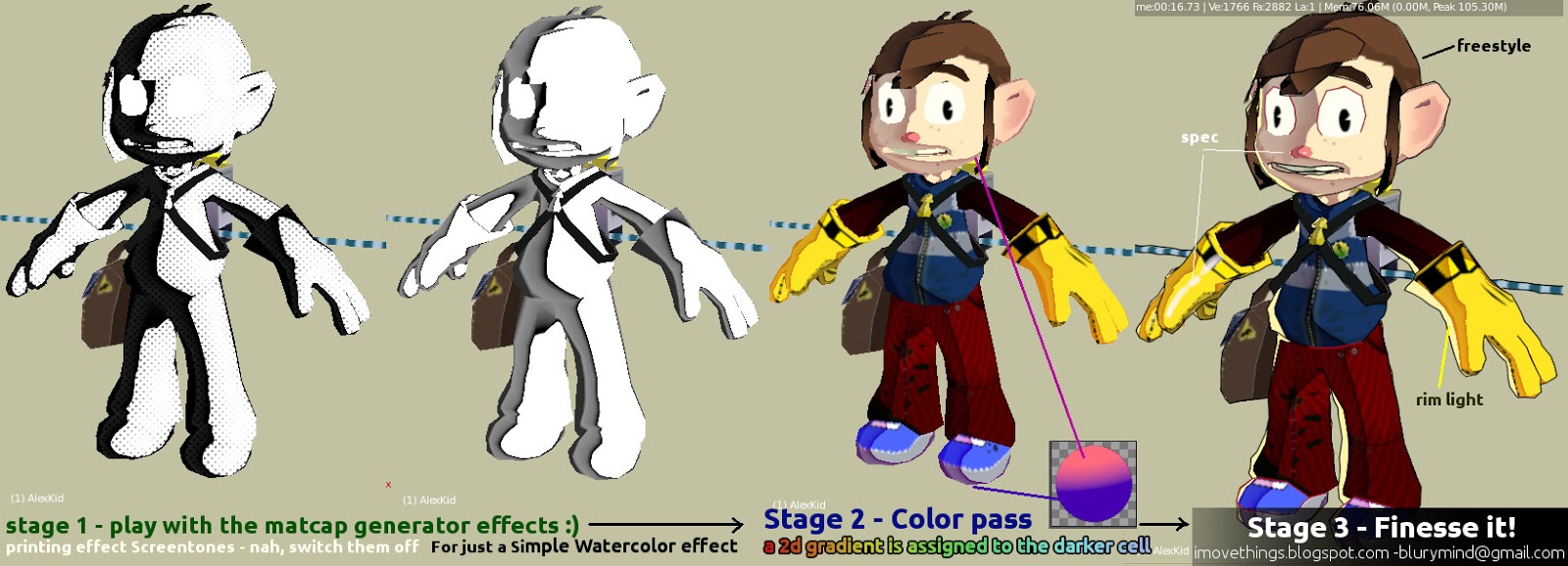
Animation courses are widely available to students of all ages and abilities through credit and non-credit programs. Individuals can earn a certificate, 2-year associate, 4-year bachelor’s or 2-year master’s degree in computer animation. With the exception of the certificate program, each level builds on the previous skill level. Alternative majors with animation courses include media arts, computer graphics, film studies and art. Distance learning animation courses are available as well.
In general, there are no prerequisites for animation programs, but some may ask students to have completed a basic computer course. Online learning options will require hardware and software minimums to complete the course. Animation programs’ curriculum combines general education, core, elective and practical work, such as an internship or project.
Here is an outline of common concepts explored during animation courses:
- Image editing and manipulation
- Special Effects
- Animation for the Web
- 2-D and 3-D modeling
- Storytelling
List of Animation Courses
Introductory Animation
This beginning animation course exposes students to the range of traditional and digital techniques used in stop-motion, claymation, 2-D or 3-D computer animation. Students learn basic theory and mechanics behind animation develop observational and drawing skills and study the fundamental principles of character design, layout and storyboarding.
2-Dimensional Animation
Through lectures, demonstrations and hands-on exercises, animation students learn squash and stretch, follow-through, key framing and overlap techniques while creating their own short animation projects. This is one of the first classes future animators take to learn basic animation skills.
Storyboarding for Animation
Animation is designed on storyboards. Students learn basic animation theory and mechanics, develop observational and drawing skills and study the fundamental principles of character design, layout and storyboarding in this class. Storyboards are created for each animated character and a rough version of the animation is put together. This practice is called animatics.
3-Dimensional Animation
Specialized software, such as Studio-Max and Autodesk Maya, are used to create 3-dimensional images for animations. Much of this class is spent becoming familiar with the software and creating short 3-dimensional animations used for film or video games. Students should complete 2-dimensional animation course before taking this course.
Computer Animation
Creating animations that are synthesized on the computer is the focus of this course. Computer generated lighting and backgrounds are used with original characters developed by students. Computer animation production techniques are used to create a short animation project.
Animation Throughout History
In this course, students learn how styles and techniques in animation have changed over time. Reviewing animation from the first animated films to present feature length animations gives student perspective on this rapidly changing art form. This is an elective course.





